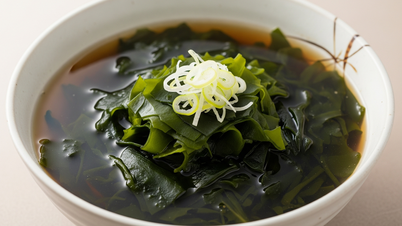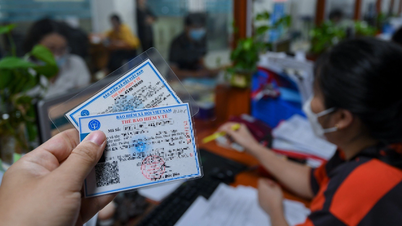
Many patients suffer from contact dermatitis due to jellyfish.
A 47-year-old male patient (Tan Phu District, Ho Chi Minh City) came to the Ho Chi Minh City Dermatology Hospital for examination with many long wounds on his legs, swollen erythematous patches, and deep ulcers with opaque yellow pus. It is known that while swimming in Vung Tau, the patient was stung by a jellyfish on his leg.
Another case is a 55-year-old female patient (Phan Thiet City) who came to the clinic with allergic contact dermatitis on her right arm, with erythematous patches, swelling, ulcers, pus and necrosis due to being "attacked" by a jellyfish.
According to MSc. Dr. Pham Thi Uyen Nhi - Deputy Head of the General Planning Department of Ho Chi Minh City Dermatology Hospital, since the beginning of summer, the unit has received many patients with contact dermatitis caused by jellyfish. In cases where patients come early, doctors promptly treat them with specific oral and topical medications to help quickly restore the dermatitis.
However, there are cases where self-treatment can lead to complications such as infection, discharge, skin ulcers or widespread lesions that are more difficult to treat. Some cases require systemic medications such as antibiotics and strong anti-inflammatory drugs to control.
To prevent jellyfish stings, some beaches have predicted the risk of jellyfish stings. The Nha Trang Bay Management Board has announced the appearance of jellyfish at Nha Trang beaches. The unit regularly sends staff to use loudspeakers along the beaches to warn of the risk of jellyfish stings during the summer.
Symptoms of jellyfish stings
Doctor Uyen Nhi said that fire jellyfish is a dangerous jellyfish that can cause irritation and allergies on human skin. When stung by a fire jellyfish, patients may experience symptoms such as severe pain, red rash, itching and burning. In severe cases, patients may experience systemic symptoms such as nausea and vomiting, difficulty breathing, and increased heart rate.
Regarding first aid for jellyfish stings, the patient needs to clean the wound with clean water or saline. Use tweezers or wear gloves to carefully remove any jellyfish tentacles that are still attached to the skin. Note that you should not use your bare hands because you may get jellyfish venom and spread it to the affected skin area.
Then, use a cold towel or ice pack to apply to the wound for 20 minutes to reduce pain and swelling. Visit a facility with a dermatology clinic or a dermatologist for timely treatment to avoid unwanted complications. In addition, patients need to monitor other signs, if there are systemic signs, go to the hospital immediately for treatment and monitoring.
Note, patients should not self-treat with folk methods or apply leaves or unknown medicines because it can cause the condition to worsen, the damage to spread or infection in the area of skin stung by jellyfish.
To prevent jellyfish stings when going to the beach, Dr. Uyen Nhi recommends avoiding swimming or participating in underwater activities in areas with jellyfish, wearing protective clothing when swimming such as long-sleeved swimsuits, and knowing how to give first aid when stung by jellyfish.
Source: https://laodong.vn/suc-khoe/nhieu-nguoi-bi-sua-lua-dot-khi-di-tam-bien-1374214.ldo


































































































Comment (0)